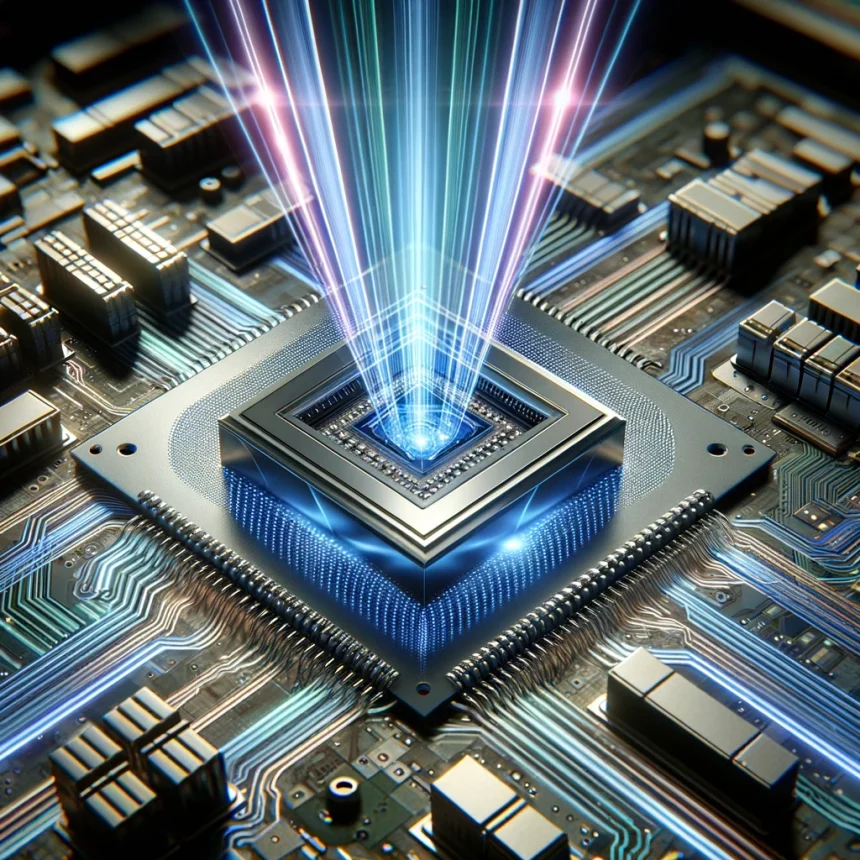With the introduction of the Hypermultiplexed Integrated Tensor Optical Processor (HITOP), a cooperative team from the University of Southern California (USC), Massachusetts Institute of Technology (MIT), and other universities has accomplished a ground-breaking milestone in optical computing. The discipline of artificial intelligence (AI) and machine learning will benefit greatly from this ground-breaking gadget, which promises unparalleled processing power and energy efficiency.
Why Optical Computing?
Electronic circuits, the foundation of traditional computers, are reaching their limitations in terms of speed and energy usage. By using light’s ability to execute intricate computations, optical computing offers several significant benefits.
Speed of Light: Optical signals travel at the speed of light, enabling lightning-fast computations.
Massive Bandwidth: Light can carry vast amounts of information simultaneously.
Energy Efficiency: Optical computing has the potential to be far more energy-efficient than traditional electronic processors.
What Is Special About the HITOP?
The HITOP’s novel characteristics set it apart from earlier optical computing devices:
Hyper multiplexing: By processing multiple light wavelengths at once, the HITOP greatly expands the number of parallel computations it is capable of doing.
Tensor Processors: The core of machine learning algorithms, tensor computations, are matrix operations that the HITOP is particularly designed to do.
On-Chip Integration: Because the HITOP is a completely integrated device—all of its parts are manufactured on a single chip—it can operate more efficiently and expand to larger sizes.
Context and Consequences
The HITOP’s unparalleled processing capacity opens up possibilities for innovations in a number of sectors, including:
Machine Learning and AI: Significantly quicken the training of large-scale AI models, which might lead to the development of more potent and precise algorithms for tasks involving image recognition, natural language processing, and other AI-driven technologies.
Real-Time Decision Making: Enables almost immediate decision-making in autonomous cars, robots, and other real-time applications.
Scientific Computing: Facilitates more intricate simulations and modeling in fields including drug development, materials research, and climate modeling.
Difficulties and the Path Ahead
Even if the HITOP is a big step forward, there are still obstacles to overcome before it is widely used. Among them are the probable need to create new programming paradigms specifically designed for optical computing and the need to refine the manufacturing process to increase device reliability and scalability.
Computing’s Future
The HITOP serves as an example of how optical computing is beginning to show promise in meeting the expanding computational needs of a data-driven society. We could see a paradigm shift in computing as researchers continue to push the frontiers of this new technology, unleashing capabilities that were previously considered unachievable.








